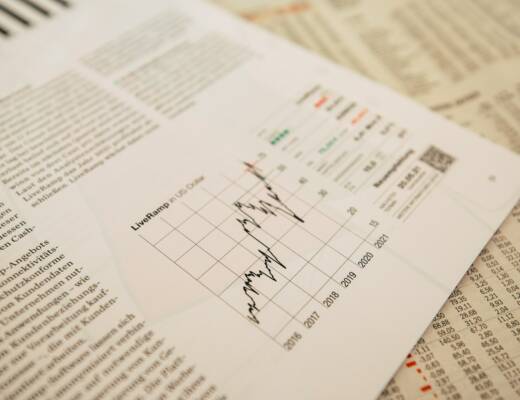The U.S. labor market ended 2024 on a high note, with employers adding 256,000 jobs in December. This exceeded expectations and reflected confidence in economic stability. The unemployment rate dropped to 4.1% from 4.2%, indicating continued tightening in the labor market.
The number of permanent job losers decreased, and the duration of unemployment fell. Average hourly earnings rose by 0.3% in December and 3.9% compared to the previous year. This steady wage growth suggests that workers are not only finding jobs but also benefiting from increasing pay.
However, the strong job gains and wage growth raised concerns on Wall Street about potential inflationary pressures.
Labor market’s unexpected December boost
Investors worry that the Federal Reserve may need to slow down or pause its rate-cutting cycle in response to the robust labor market.
The S&P 500 tumbled 1.5%, closing its fourth losing week in the last five. The Dow Jones Industrial Average dropped 696 points, or 1.6%, and the Nasdaq composite sank 1.6%. Traders now expect just a 2.7% chance the Fed will cut rates at its policy meeting later this month, according to the CME FedWatch Tool.
Some analysts, such as those at Bank of America, believe the Fed may be done cutting rates and could even consider raising them. The December job gains and overall reduction in the unemployment rate cap off a year of consistent labor market improvements. While this positive trend offers a hopeful outlook for continued economic growth in 2025, it also complicates the Fed’s path forward in terms of monetary policy.






